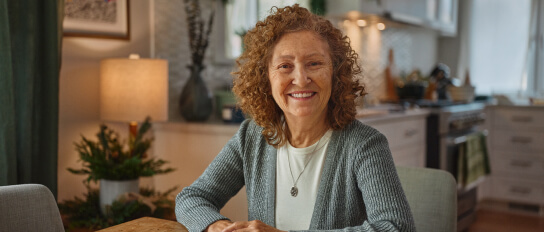
Why Fall Prevention Matters
Every second of every day, an older adult in the United States suffers a fall. According to the Centers for Disease Control and Prevention (CDC), falls are the leading cause of injury‑related deaths among adults 65 and older. They also account for over 3 million emergency department visits annually.
September’s Fall Prevention Awareness Month provides an opportunity for families across Hopkinsville, KY to make proactive changes that reduce risks and help older adults stay confident at home.
Understanding Risk Factors
Falls are usually the result of multiple risk factors. Common contributors include:
- Environmental hazards: loose rugs, poor lighting, uneven surfaces or clutter
- Health conditions: vision loss, arthritis, diabetes or neurological disorders
- Medications: some prescriptions cause dizziness, drowsiness or low blood pressure
- Deconditioning: weak muscles and poor balance from inactivity
- Cognitive decline: memory loss or confusion that increases fall risk
The National Council on Aging (NCOA) emphasizes that many of these risks are preventable with awareness and support.
Room‑by‑Room Home Safety Checklist

Making small home modifications can significantly reduce fall risk. Families can start with this checklist:
- Bathroom: add grab bars near toilets and showers, use non‑slip mats, and install raised toilet seats
- Kitchen: store items at waist height to avoid reaching or bending
- Living areas: remove clutter, secure cords and use sturdy furniture for balance
- Stairs: install secure railings on both sides, improve lighting and use non‑slip treads
- Outdoors: clear walkways of leaves, snow or ice and ensure sturdy railings on steps
For a more detailed guide, visit the National Institute on Aging’s falls and fractures hub.
Exercise as a Fall Prevention Strategy

Staying active is one of the most effective ways to prevent falls. Strength and balance exercises improve mobility and confidence. The CDC’s Physical Activity Guidelines for Older Adults recommend at least 150 minutes of moderate‑intensity activity each week.
Popular programs include:
Nutrition and Hydration
Strong bones and steady energy reduce the risk of falls. Seniors should focus on:
- Calcium and vitamin D for bone health
- Protein for muscle maintenance
- Plenty of fruits, vegetables and whole grains
- Adequate water intake to prevent dizziness
The National Institute on Aging offers senior‑specific nutrition guidance.

Assistive Devices and Technology
Assistive tools make homes safer and help seniors maintain independence. Consider:
- Canes or walkers for stability
- Non‑slip shoes with good support
- Grabbers for reaching items
- Fall detection systems or smart watches with emergency alerts
Resources like ACL.gov provide additional information on assistive supports for older adults.
Encouraging Seniors Who Resist Change
Some seniors may resist safety modifications, believing they signal loss of independence. Families can:
- Present fall prevention as a way to extend independence, not limit it
- Involve older adults in decision‑making
- Start with small, non‑intrusive changes
How Home Instead Supports Fall Prevention

At Home Instead Hopkinsville, KY, our Care Pros help reduce fall risks by:
- Assisting with safe mobility and transfers
- Providing reminders and companionship during daily routines
- Helping with light housekeeping to keep pathways clear
- Encouraging hydration and balanced nutrition
Our services complement medical care by creating a safer, more supportive environment at home.



